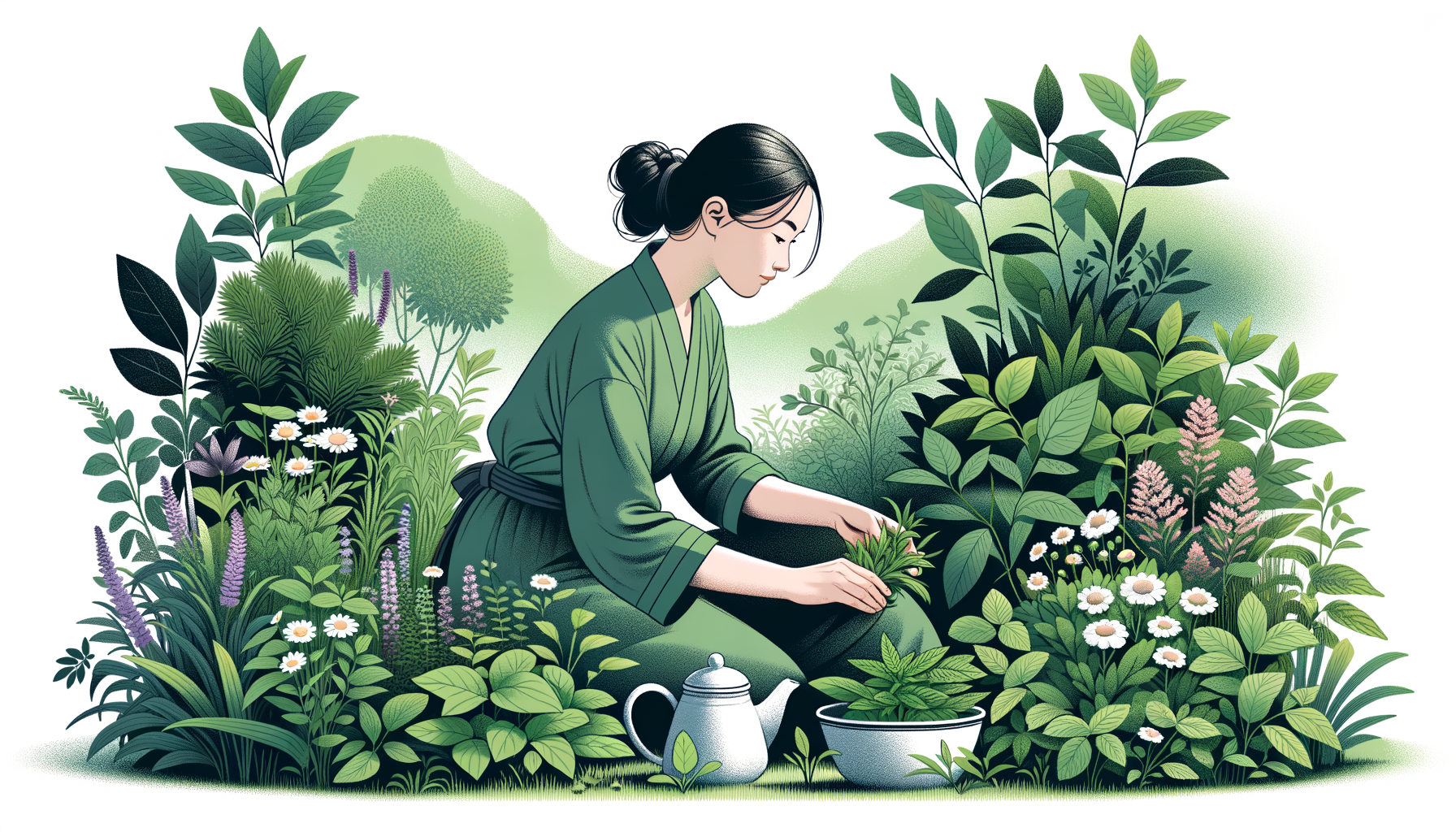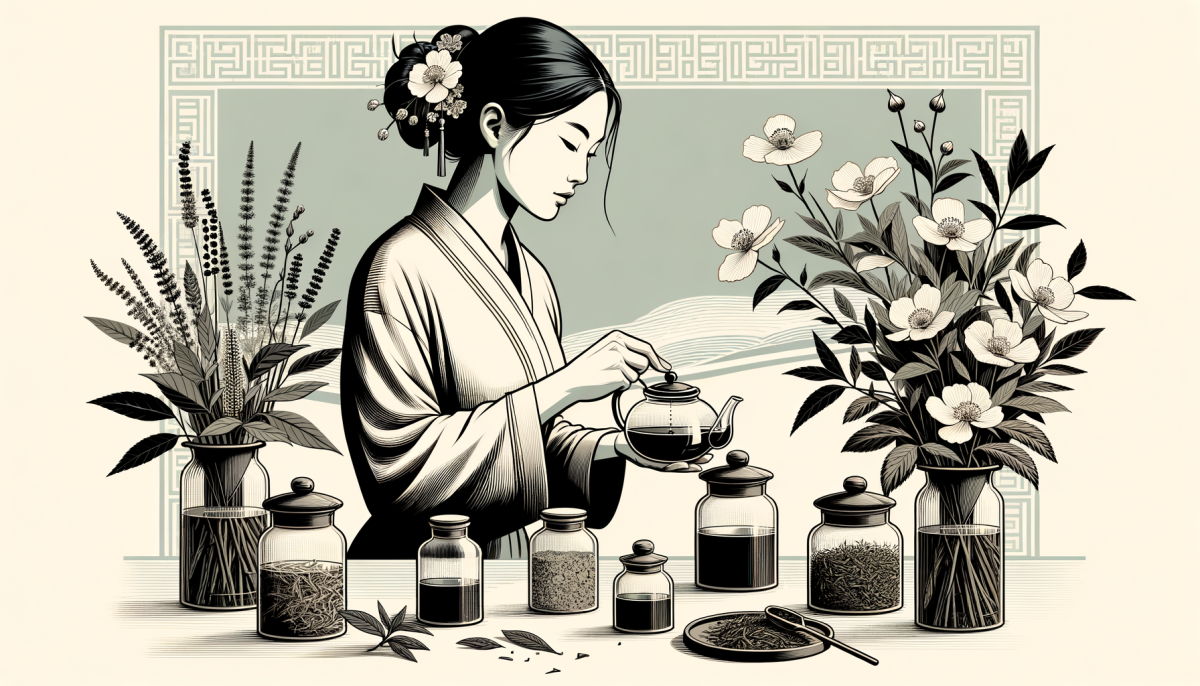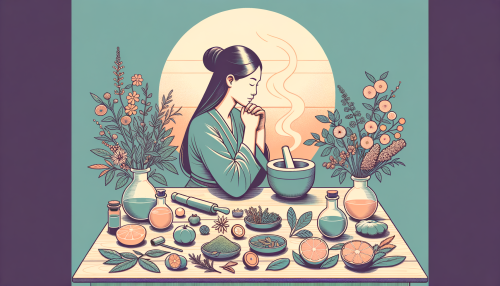Introduction
In the realm of health and wellness, the allure of herbal teas is undeniable. These aromatic infusions, steeped in centuries of tradition, offer a natural and holistic approach to wellbeing. They are the embodiment of nature’s pharmacy, harnessing the therapeutic properties of plants in a simple, enjoyable beverage. This article delves into the world of DIY herbal teas, exploring the ingredients, brewing techniques, and wellness benefits that make these concoctions a staple in many health-conscious households.
Herbal Tea Ingredients

The beauty of herbal teas lies in their versatility. The ingredients used can be as varied as the plants in a garden, each bringing its unique flavor profile and health benefits. Commonly used ingredients include chamomile, known for its calming properties; peppermint, celebrated for its digestive benefits; and hibiscus, revered for its high antioxidant content.
However, the world of herbal tea ingredients extends far beyond these familiar names. Lesser-known but equally potent ingredients include rooibos, a South African plant rich in antioxidants; lemon balm, a fragrant herb known for its calming effects; and nettle, a plant often overlooked due to its sting but highly valued for its detoxifying properties.
The choice of ingredients can be tailored to individual health needs and preferences. For instance, a blend of lavender and chamomile may be used to promote relaxation and sleep, while a combination of ginger and lemon could be used to boost immunity. The possibilities are endless, limited only by one’s imagination and the availability of ingredients.
Brewing Techniques
The art of brewing herbal tea is a delicate process that requires patience and precision. The first step is to select and prepare the ingredients. Fresh herbs should be washed and dried, while dried herbs should be stored in a cool, dark place to preserve their potency.
The traditional method of brewing involves steeping the herbs in hot water. The temperature and steeping time can vary depending on the ingredients used. For instance, delicate herbs like chamomile and lavender may require a lower temperature and shorter steeping time, while tougher ingredients like roots and barks may require a higher temperature and longer steeping time.
An alternative method is cold brewing, where the herbs are steeped in cold water and refrigerated for several hours or overnight. This method is said to extract a different range of flavors and health benefits, making it a worthwhile technique to explore.
Regardless of the brewing method used, it’s important to strain the tea before drinking to remove any herb particles. This ensures a smooth, enjoyable drinking experience.
Wellness Benefits
The wellness benefits of herbal teas are as diverse as their ingredients. At a basic level, they offer hydration with a twist of flavor, making them a healthier alternative to sugary beverages. But the true magic lies in their therapeutic properties.
For instance, chamomile tea is known for its calming effects, making it a popular choice for stress relief and sleep promotion. Peppermint tea is celebrated for its digestive benefits, often used to soothe stomach aches and improve digestion. Hibiscus tea is rich in antioxidants, which are known to protect against cell damage and reduce the risk of chronic diseases.
Moreover, the act of brewing and drinking herbal tea can be a form of self-care. The ritual can provide a moment of calm in a busy day, offering a chance to slow down and reconnect with nature.
Conclusion
In conclusion, DIY herbal teas offer a natural, enjoyable way to support health and wellness. By understanding the properties of different ingredients and mastering the art of brewing, one can create personalized blends that cater to individual health needs and preferences. Whether you’re seeking relaxation, digestion support, or a boost of antioxidants, there’s an herbal tea waiting to be brewed. So why not explore the world of herbal teas and discover the blend that’s perfect for you?





